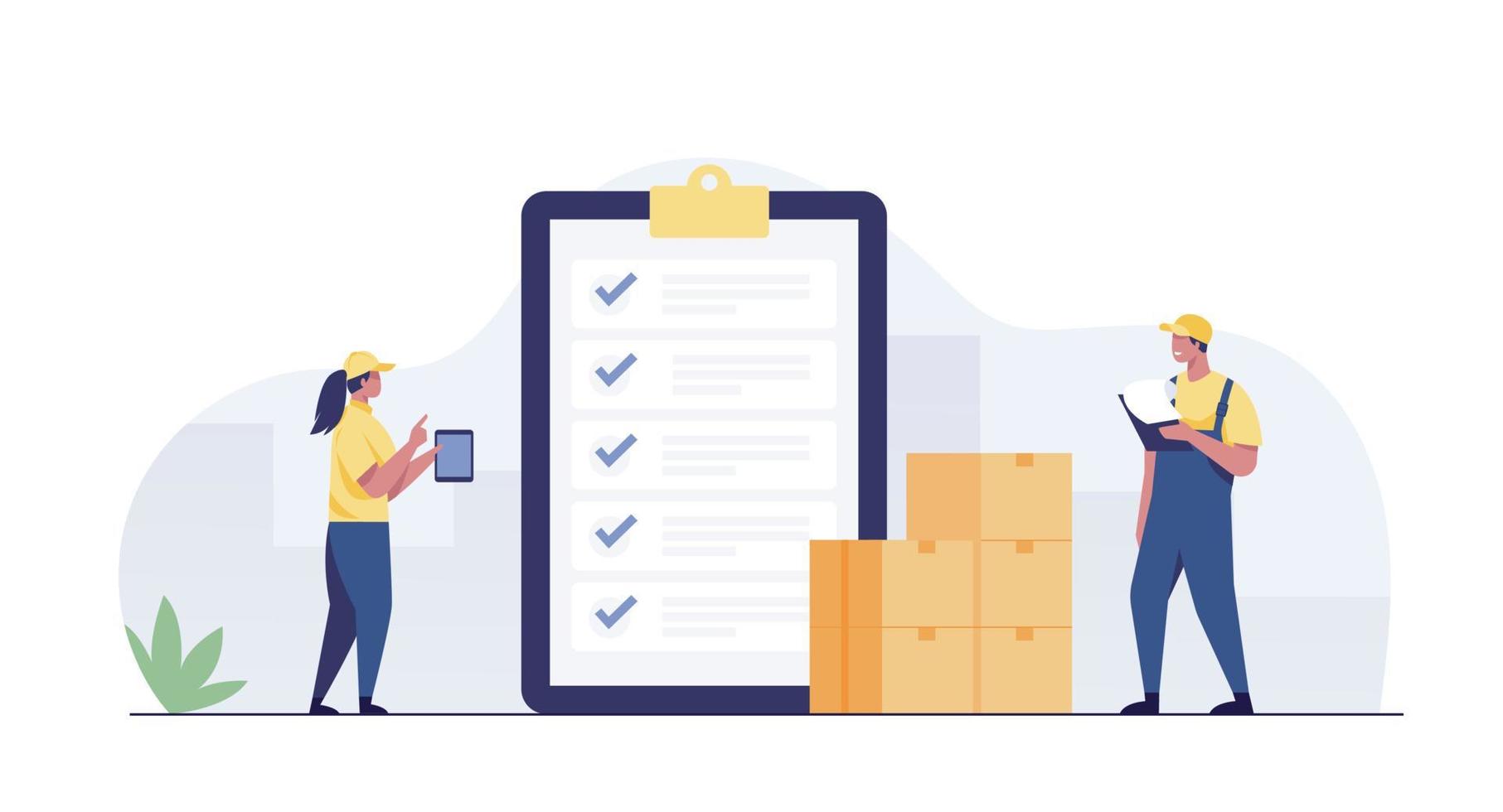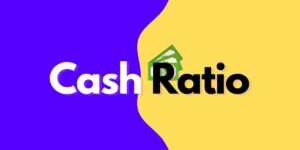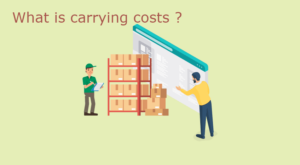Inventory valuation : Inventory valuation : Inventories should be generally valued at the lower of cost or net realizable value.
What is inventory valuation?
Inventories should be generally valued at the lower of cost or net realizable value. This principal is governed by ‘Principal of Conservative Accounting’. under which any expenses or losses from transactions entered or event occurred are to be recognized immediately. However any gains or profits are recognized until its becomes due or are actually realized.
Further, under the principal of ‘lower of cost or net realizable value’ any loss due to decreases in sales prices of the inventory below its cost is recognized immediately. As it is anticipated that the enterprise will make losses whenever it will sell.
How to determine cost for inventory valuation?
As per accounting standards, cost of inventories should comprise of
- All cost of purchases
- Cost of conversion (primarily for finished goods and work in progress)
- Other cost incurred in bringing the inventories to their present location and condition.
Lets understand above costs in detail.
Cost of purchases:
Cost of purchases consist of purchase price including duties and taxes (other than those subsequently recoverable by the enterprise from the taxing authorities), freight inwards and other expenditure directly attributable to the acquisition.
Trade discount , rebates , duty drawbacks and other similar items are deducted in costs of purchases. In other words, costs includes any amount paid to the seller reduced by any discounts/ rebates given by seller.
Similarly, any duties paid to the supplier will be part of cost of the inventory unless the enterprise can recover these taxes duties from the authorities.
Costs of conversion:
Costs of conversion of inventories includes costs directly related to the units of production such as direct labor. They also includes a systematic allocation of fixed and variable overheads.
Other costs:
Other costs may include administrative overheads incurred to bring the inventory into present location .And condition or any cost specifically incurred on inventory of a specified customer.
Further, interest and other borrowing costs are generally not included in the cost of inventory. However, in some circumstances where production process is longer and it is required to carry inventory for long period . For example wine , rice and timber it may be appropriate to consider interest and other borrowing cost also part of inventory.
What costs are excluded from the cost of inventory?
Following expenses are generally not included in the costs of inventories:
- Abnormal amount of wasted materials, labor or other production overheads.
- Administrative overheads that do not contribute to bringing the inventories to their present location and conditions.
- Storage costs , unless those costs are necessary in the production process prior to further production stage
- Selling and distribution costs.
What is net realizable value?
This is the estimated selling price in the ordinary course of business less the estimated cost of completion and estimated costs necessary to make sale.
In case of finished goods and traded goods net realizable value will generally mean selling price which reduced by selling and distribution expenses.
Further, in case work in progress expenses and overheads required to be incurred to convert work in progress into finished goods . And making it ready for sale will also be reduced from selling price.
In case raw materials , replacement costs is generally considered as net realizable value.
Please refer: https://taxandfinanceguide.com/what-is-inventory/



